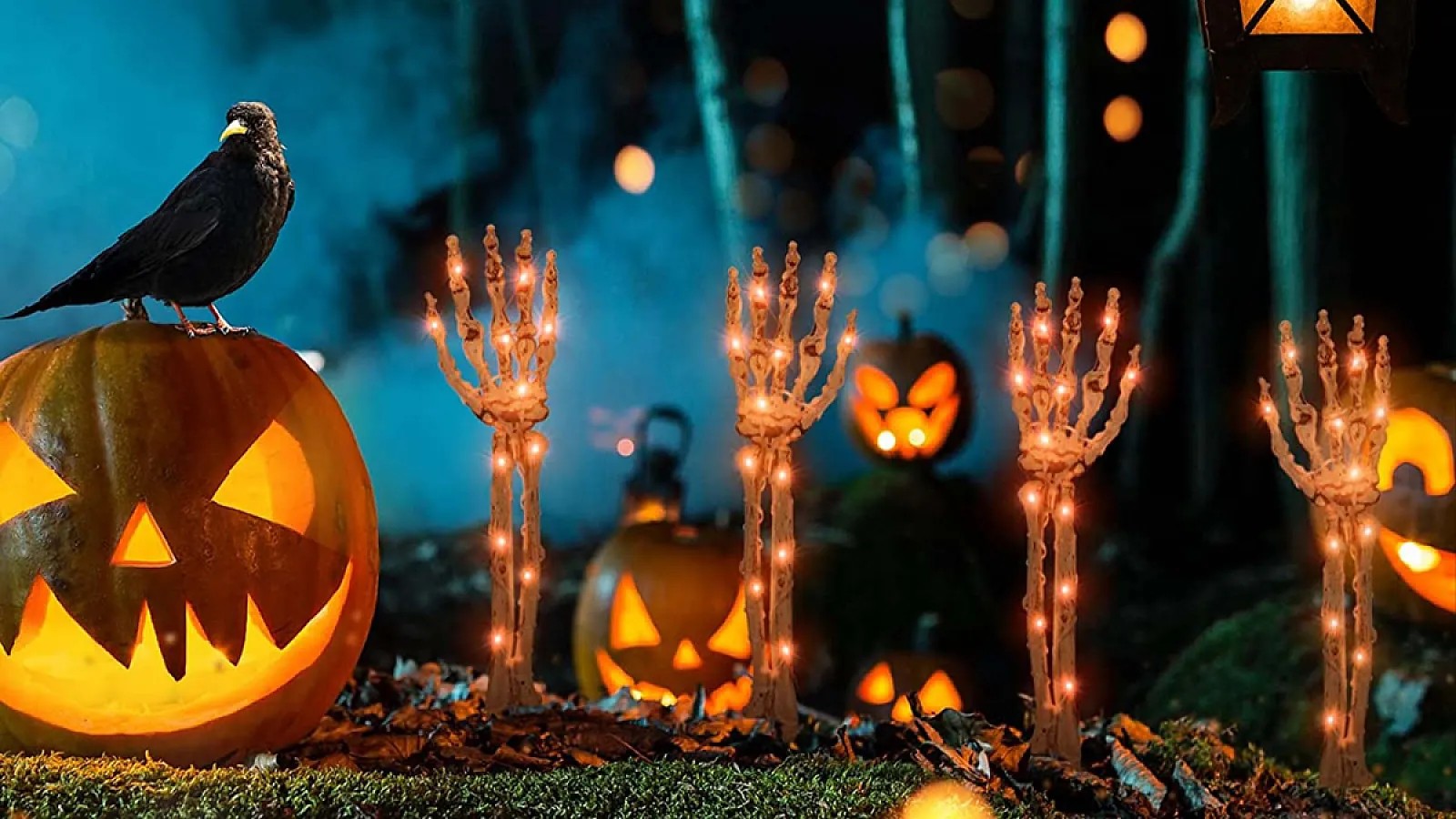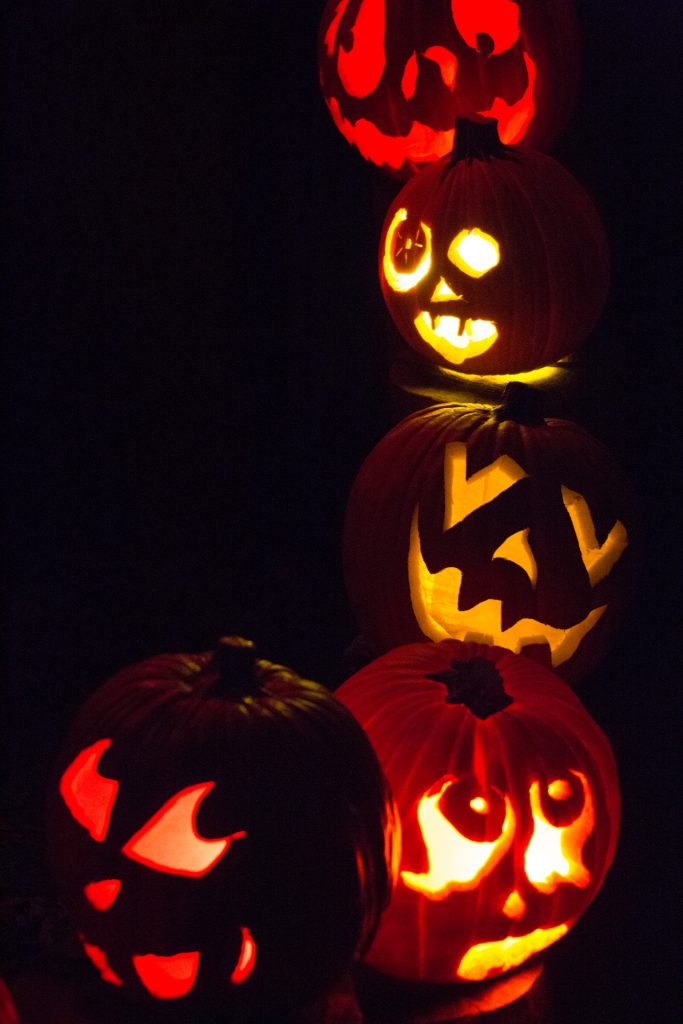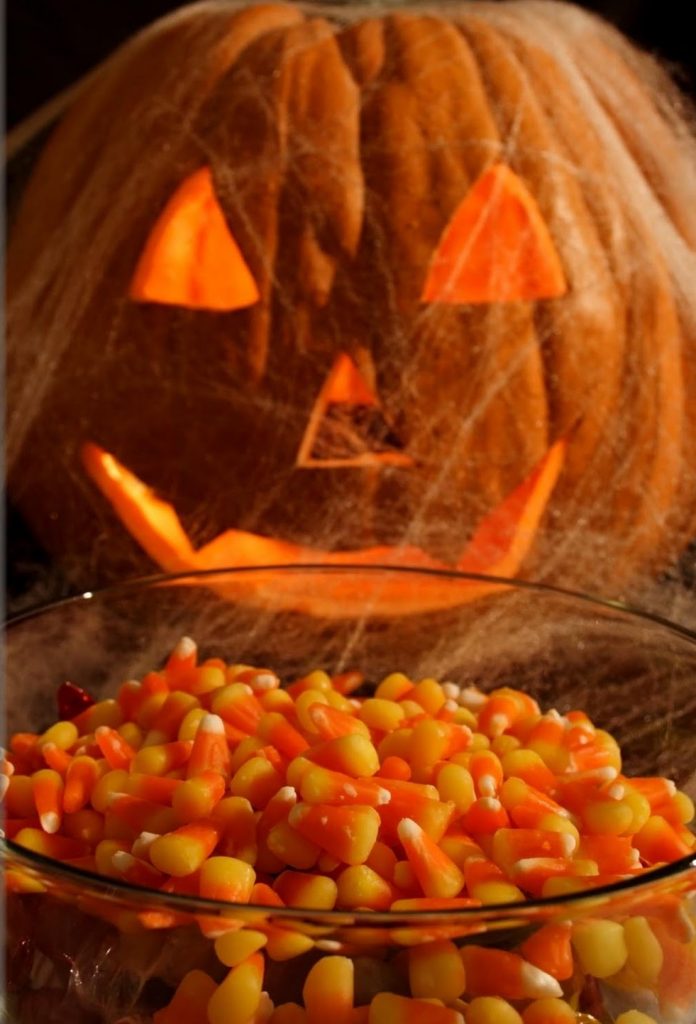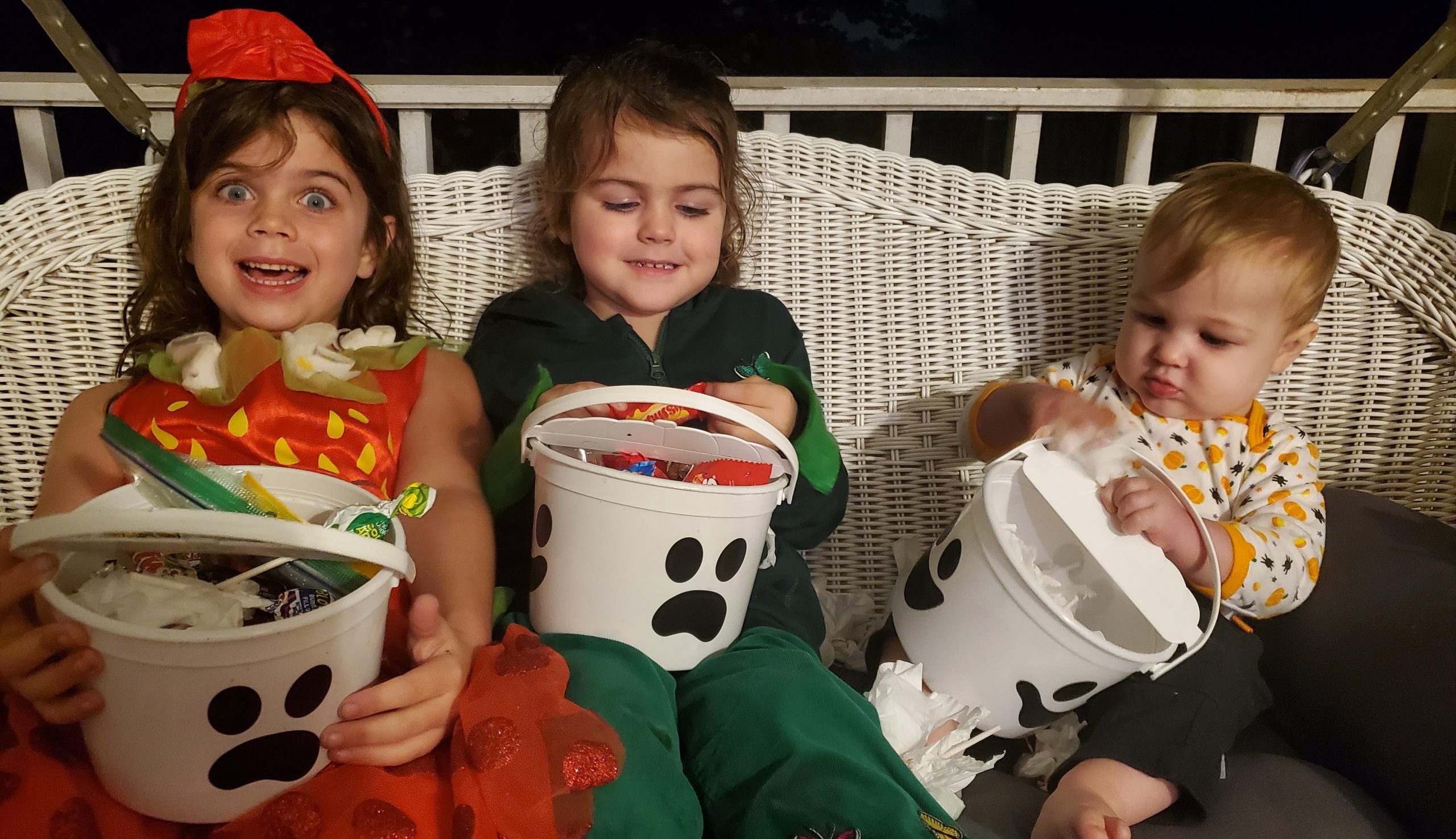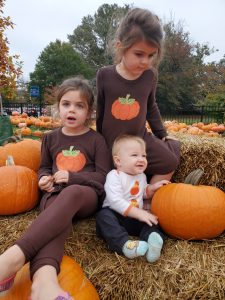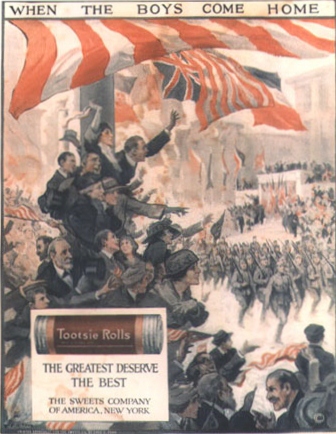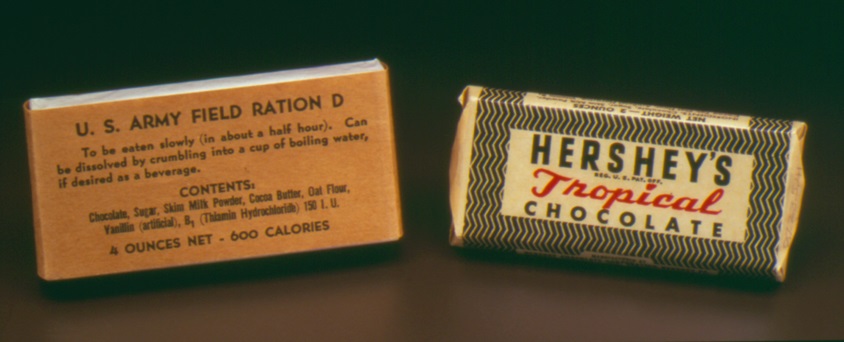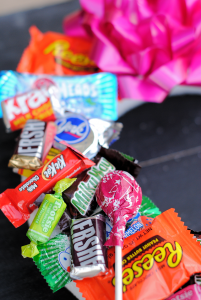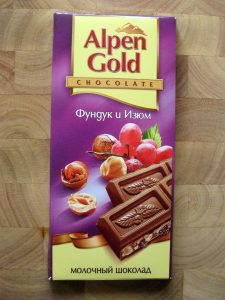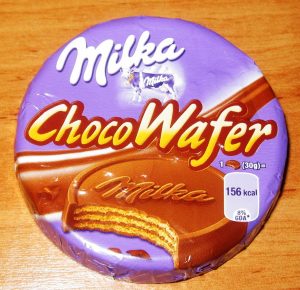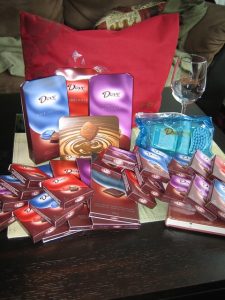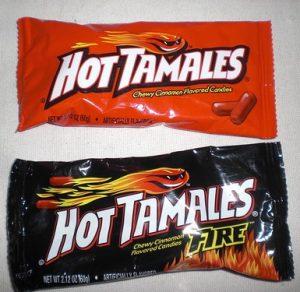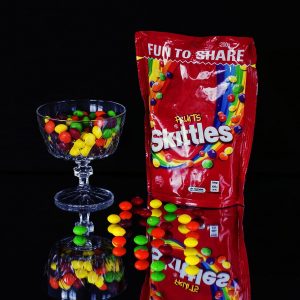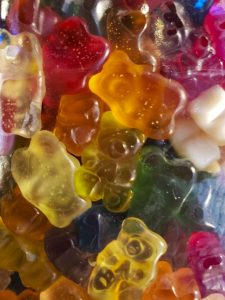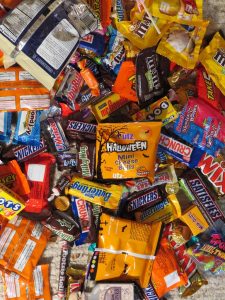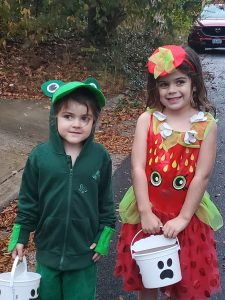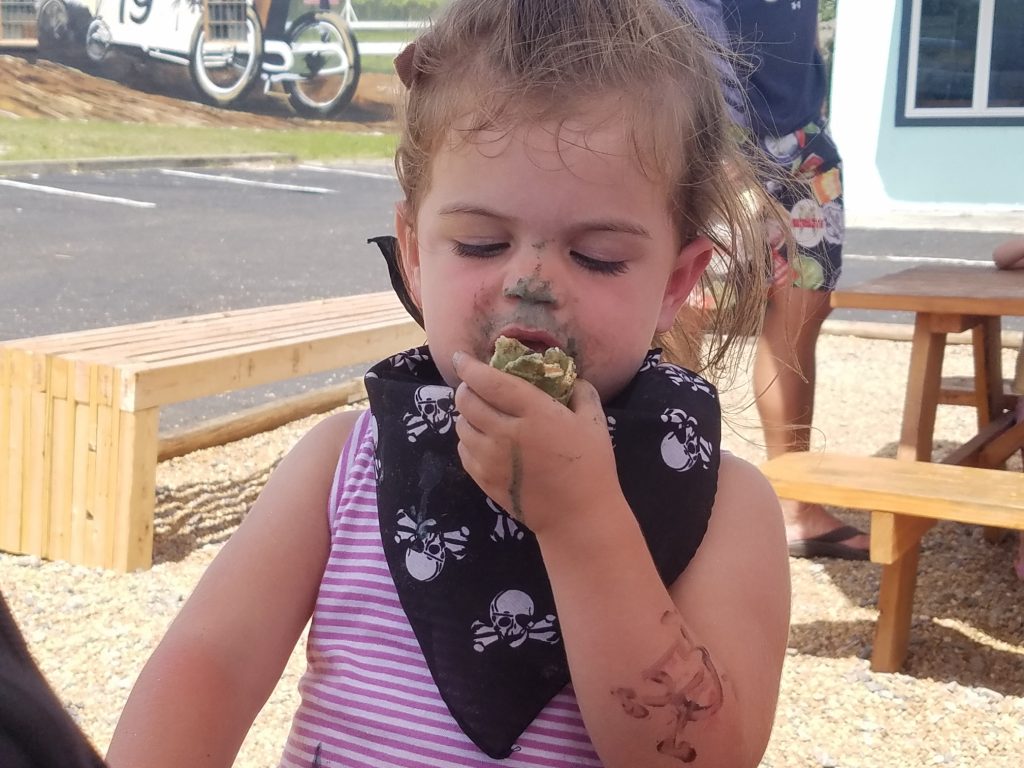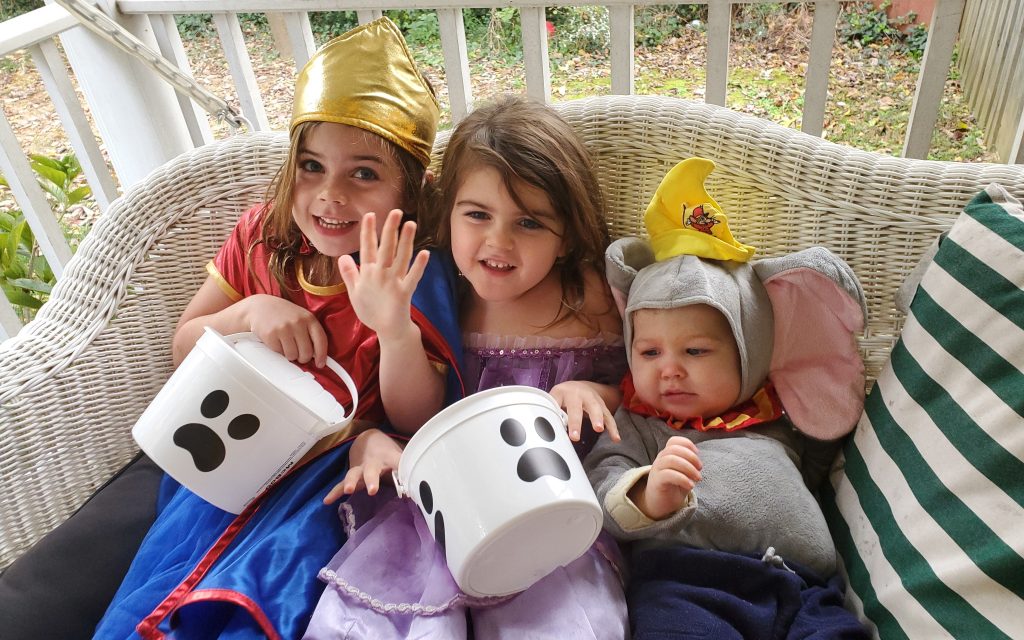Halloween spending was expected to reach a record $13.1 billion in 2025, according to the National Retail Federation’s (NRF) annual consumer survey conducted by Prosper Insights & Analytics.
Halloween By the Numbers
Why a record-breaking year? For one thing, more people are celebrating. Katherine Cullen, vice president of consumer insights at the NRF, said, “Whether it’s dressing in costume or carving a pumpkin, more consumers plan to take part in Halloween activities and traditions.” In fact, 73% of consumers are celebrating Halloween in some form, a slight bump from last year.
In addition, per-person spending will reach a record high of $114.45, nearly $11 more than last year and up from the previous record of $108.24 in 2023 (NRF).
What isn’t clear is whether individual people are buying more, or paying more for what they do buy. For example, chocolate prices have surged nearly 30% since last Halloween due to inflation, tariffs, and a global cocoa shortage. Most Halloween shoppers (79%) anticipate prices will be higher in 2025 specifically because of tariffs (NRF).
Consumers are paying more across every category, with nearly 8 in 10 saying they expect higher prices due to tariffs.
Candy: $33 per person; total spending on candy: $3.9 billion; 66% will hand out candy
Decorations: $45 per person; about $4.2 billion total; 51% will decorate their homes or yards
Costumes: $51 per person; $4.3 billion total; 71% planned on buying costumes
Greeting cards: $21 per person; about $0.7 billion total; 38% buying cards
Other popular Halloween activities:
- 46% will carve pumpkins
- 32% will throw or attend a party
- 24% will visit a haunted house
Like last year, consumers continue to gravitate toward early shopping. More than 49% of shoppers began buying Halloween items in September or earlier, a slight increase from 47% last year. Enthusiasm, careful budgeting, or both? Self-reported reasons consumers are shopping early are because they are looking forward to fall (44%), Halloween is one of their favorite holidays (37%), they do not want to miss out on desired items (33%), and they want to avoid the stress of last-minute shopping (33%).
Beware that shrinkflation and ingredient costs continue to affect package sizes and prices. Overall Halloween costs have trended up in recent years and are unlikely to roll back meaningfully.
Putting Halloween Spending in Perspective
Yes, those are really big numbers, but a few comparisons provide a gut punch. In a Boston University paper about Halloween spending in 2024, “That [$11.6 billion] is roughly the same amount of money as Americans spend on children’s books each year. It’s also about half the amount spent annually on dental care for children under age 17.”
Halloween Trends in 2025
Some Halloween traditions have withstood the test of time, such as carving pumpkins and trick-or-treating. However, some interesting trends have emerged to celebrate Halloween in 2025!
Toilet Papering
This according to a CBS news cast 10-31-25. Every Halloween season, when the sun sets in Heflin, a small Alabama town, students from Cleburne County High School toilet paper a few houses. A few years ago, they upped their game, and toilet papered just about every business in town, too. It was “funtastic” … until they hit the Heflin Police Department headquarters.
“It was up on the roof, the spare cars we had in the parking lot … We had to do something,” Heflin Police Chief Ross McGlaughn said. So the Heflin Police Department then got to work, supported by officers from multiple jurisdictions, all well armed with toilet paper.
The police “rolled” the students’ homes (having received permission from the students’ parents).
The Heflin toilet paper war has become popular all over town. Businesses are now offering support by putting out free toilet paper.
“As long as they’re doing this, they’re not getting into trouble doing something else,” McGlaughn said. “I haven’t seen any types of drugs or alcohol involved. You know, I think they’re spending all their money on toilet paper.”
After that news cast, maybe rolling will become a big trend.
Skeletons
In recent years, life-size (or larger!) skeletons have become a noticeable addition to outside decorations. According to sources across the internet, skeleton sales are in the multi-million dollar range. Home Depot’s $299 12-foot skeleton has attracted viral fame every year since it was first put out by the company in 2020. Some lucky people—I assume really fast people—got a “a special” discount on this skeleton, which sold out at $74.98.
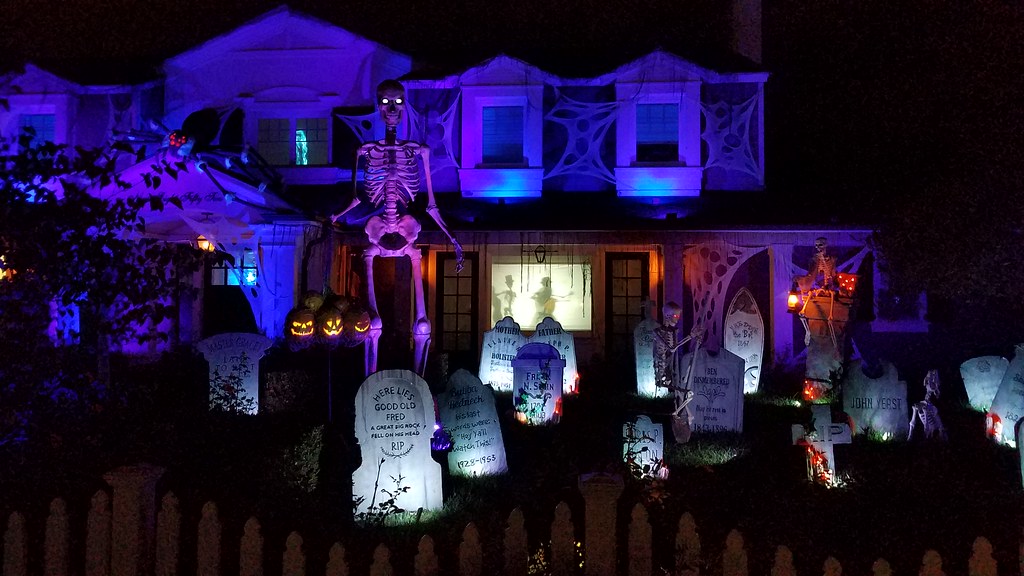
Tater-or-Treat
A recent article in The Wall Street Journal recounted the story of a midwestern farmer who decided to offer potatoes as Halloween treats. As I recall, the trick-or-treaters could choose candy or potatoes. His intended joke went viral, and is spreading across the U.S. At least one household in Richmond, VA, made that offer this year. Children have been known to decorate their potatoes, or keep them for a year or so as “pets.”
My guess is that those adopting the potato option will spend even more for treats than they would have spent on individual pieces of candy.
So, is Halloween the Most Expensive Holiday?
Not by a long shot! In order of expense:
- Christmas
- Mother’s Day/Father’s Day
- Valentine’s Day
- Easter
- Halloween
Bottom Line: There’s a lot more to Halloween than candy corn and things that go bump in the night. It’s big business—and getting bigger!
***The NRF survey which was the source of most of the above data asked 8,045 consumers about their Halloween shopping plans. It was conducted Sept. 2-9 and has a margin of error of plus or minus 1.1 percentage points.
